
Meet the herd – the eight wild bison on a wilding journey in Canterbury
Since bison were released into West Blean and Thornden Woods on the outskirts of Canterbury, they have not only transformed the landscape but significantly grown in number.

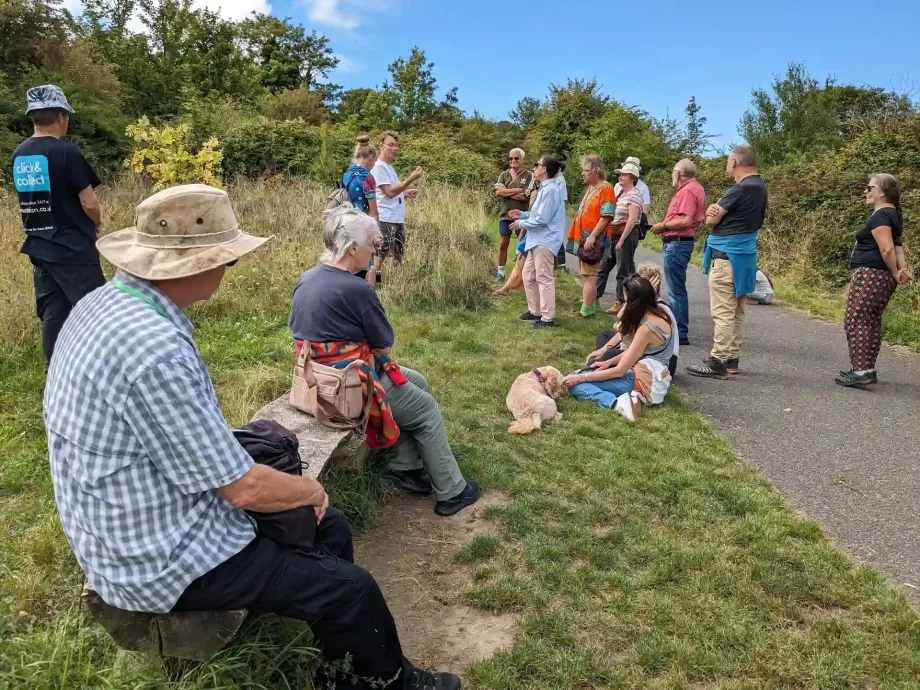
One of the key aspects of their work is fostering a connection between people and nature. The wildlife site is a place where people can learn, appreciate, and actively engage with the natural world. The group believe that understanding and valuing their local environment is crucial for the well-being of both the community and wildlife.
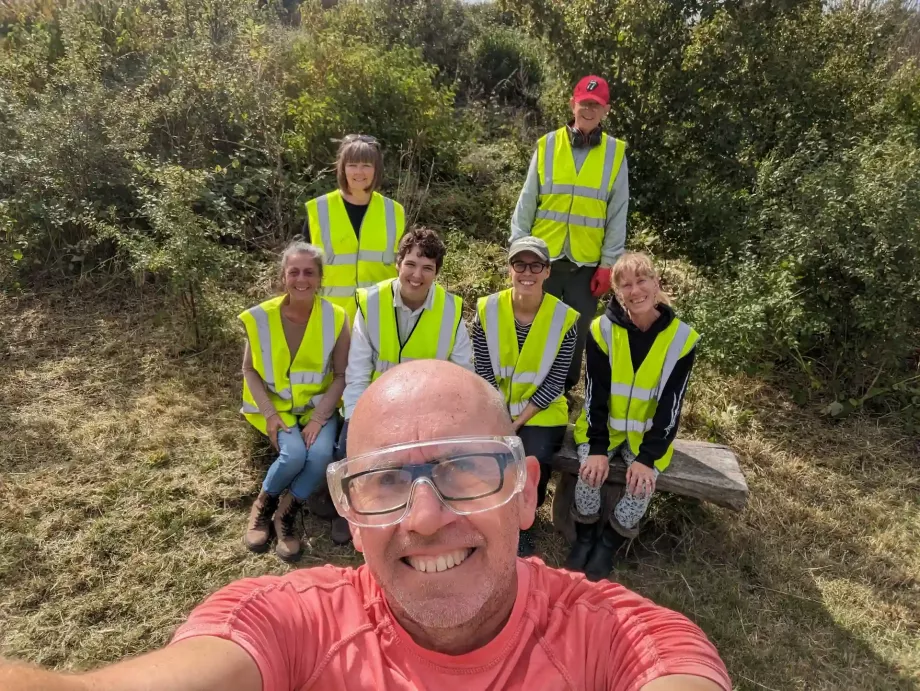
Their continued efforts are a testament to the power of community-driven conservation. Dane Valley Woods stands as a living example of transformation, showcasing what can be achieved when dedicated individuals come together to restore and protect our natural spaces.
As they move forward, the group hopes to see even more growth, more trees, and more wildlife flourish within Dane Valley Woods. It is through the support of their community that they can continue to make this incredible transformation a reality.
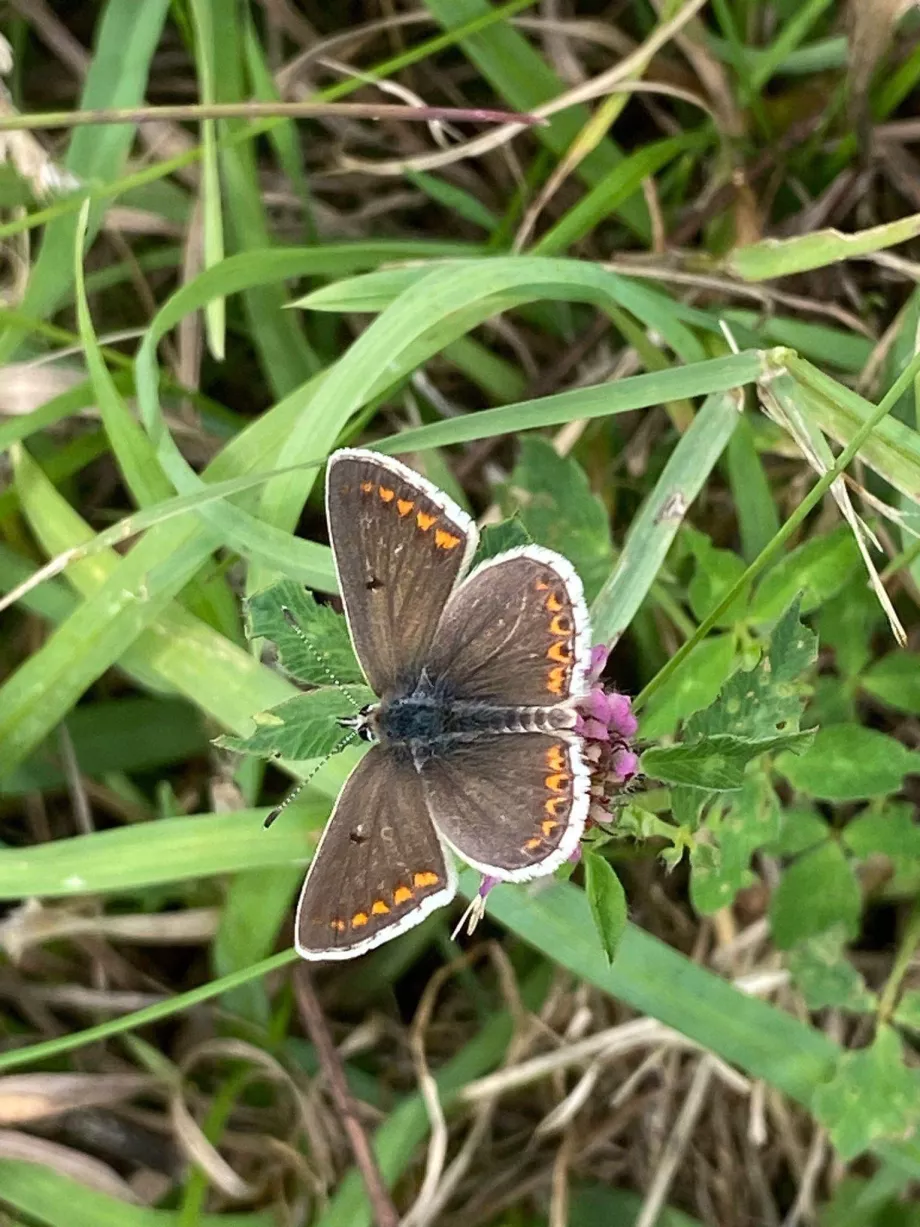
We invite you to join us at Kent Wildlife Trust in our mission to preserve and cherish the beauty of nature in Kent, please contact Steve if you are local to the area and want to get involved.

Since bison were released into West Blean and Thornden Woods on the outskirts of Canterbury, they have not only transformed the landscape but significantly grown in number.
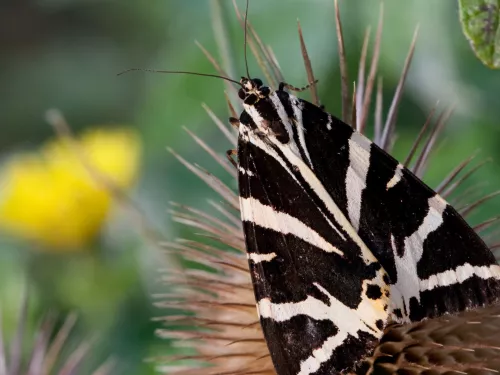
Margery Thomas, Hothfield Volunteer and regular columnist looks at the lack of butterfly sightings in recent months, the work volunteers are doing to remove bracken and how this all impact the wider management of the last remaining fragments of heathland…
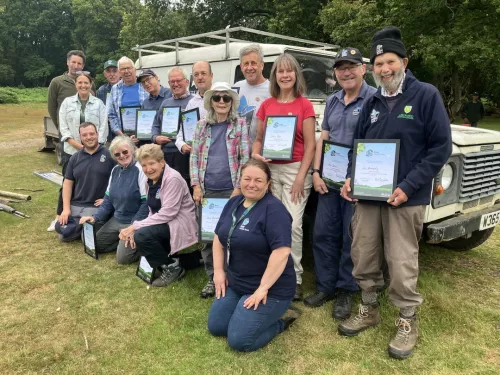
By August, floral glory has passed from the orchids (heath spotted, southern marsh and a few large hybrids) to the heather or ling. As ever, we hope for a protracted display of purple in the heathy areas, which is likely if the cool nights persist. Orchid…